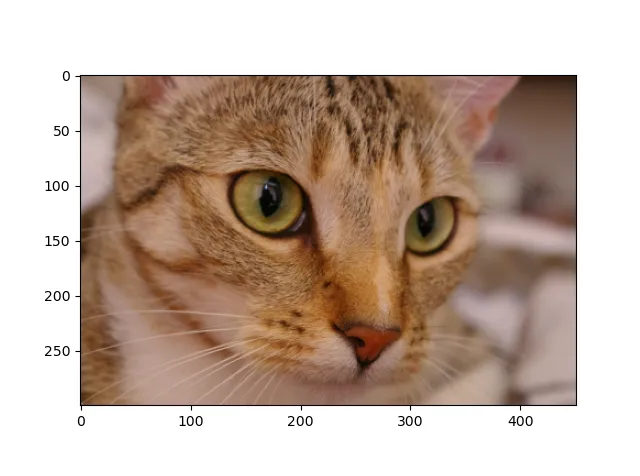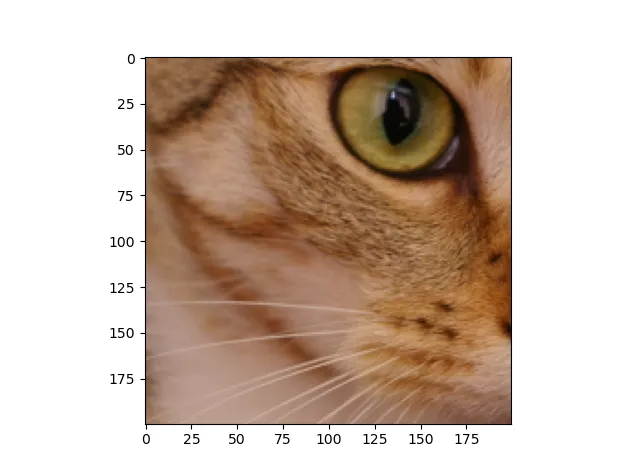我正试图为分辨率为128x160、通道数为1的tiff文件添加随机缩放,但是Keras Tensorflow的新版本让我感到困惑,我不理解它期望的缩放范围参数应该是什么元组格式。根据文档所示。
输出为:
公共 Kaggle 笔记本在此处:
tf.keras.preprocessing.image.random_zoom(
x, zoom_range, row_axis=1, col_axis=2, channel_axis=0, fill_mode='nearest',
cval=0.0, interpolation_order=1
)
我需要给我的图像添加一些随机缩放效果,我尝试了以下方法:
zoom_range = ((0.4, 0.4))
img = tf.keras.preprocessing.image.random_zoom(
img, zoom_range, row_axis=1, col_axis=2, channel_axis=0, fill_mode='nearest',
cval=0.0, interpolation_order=1
)
输出为:
如何将任意随机缩放量作为参数传递给我的图像?类型错误:float()参数必须是字符串或数字,而不是'NoneType'
公共 Kaggle 笔记本在此处:
https://www.kaggle.com/puelon/notebook75c416766a
TypeError:用户代码中发生错误: <ipython-input-4-9ba0455797a4>:17 load *
img = tf.keras.preprocessing.image.random_zoom(img, zoom_range, row_axis=0, col_axis=1, channel_axis=2, fill_mode='nearest')
/opt/conda/lib/python3.7/site-packages/keras_preprocessing/image/affine_transformations.py:153 random_zoom *
x = apply_affine_transform(x, zx=zx, zy=zy, channel_axis=channel_axis,
/opt/conda/lib/python3.7/site-packages/keras_preprocessing/image/affine_transformations.py:321 apply_affine_transform *
transform_matrix = transform_matrix_offset_center(
/opt/conda/lib/python3.7/site-packages/keras_preprocessing/image/affine_transformations.py:246 transform_matrix_offset_center *
o_x = float(x) / 2 + 0.5
/opt/conda/lib/python3.7/site-packages/tensorflow/python/autograph/operators/py_builtins.py:195 float_ **
return _py_float(x)
/opt/conda/lib/python3.7/site-packages/tensorflow/python/autograph/operators/py_builtins.py:206 _py_float
return float(x)
TypeError: float() argument must be a string or a number, not 'NoneTyp
e'
TypeError Traceback (most recent call last)
<ipython-input-4-9ba0455797a4> in <module>
27 train1, train2, test1 = d
28 train_ds = tf.data.Dataset.from_tensor_slices(train1 + train2).\
---> 29 shuffle(len(train1) + len(train2)).map(load).batch(4)
30 test_ds = tf.data.Dataset.from_tensor_slices(test1).\
31 shuffle(len(test1)).map(load).batch(4)
for i in range(len(groups)):
d = deque(groups)
d.rotate(i)
train1, train2, test1 = d
train_ds = tf.data.Dataset.from_tensor_slices(train1 + train2).\
shuffle(len(train1) + len(train2)).map(load).batch(4)
test_ds = tf.data.Dataset.from_tensor_slices(test1).\
shuffle(len(test1)).map(load).batch(4)



